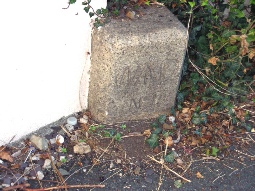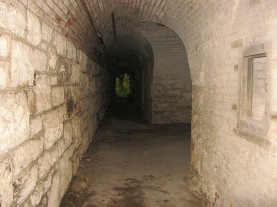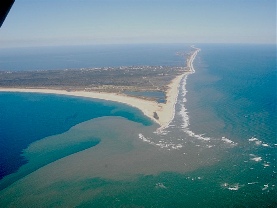


Menu

Search the PDAS site


LAIRA BATTERY AND EFFORD EMPLACEMENT
A French Invasion across Forder Valley?
The 19th century defences
Leader: Dr John Salvatore
A crocodile of some 45 members, flanked by outriders with fluorescent yellow safety waistcoats, set off from Sainsbury’s car-
chain of defences constructed c.1870 to defend Plymouth and Plymouth Dock from invasion from the landward direction. Following concerns about the intentions of the French Emperor, Napoleon III, the Prime Minister, Lord Palmerston, formed a Royal Commision in 1859 “to consider the defences of the United Kingdom”. The Commission’s recommendations resulted in the building of the arc of “Palmerston Forts” around Plymouth, as well as various coastal defences. The North East Defences consist

War department Boundary Stone No 1
of a complex system of earthworks, protected roadways, gun emplacements and a total of 10 forts or fortified batteries stretching from our starting point on the Plym Estuary to Ernesettle fort on the Tamar Estuary.
We climbed up the military road to Laira Battery which forms the South East end of the North East Defences. It is sited on a hill overlooking the Plym and the main road and the former Longbridge crossing, into Plymouth from the east. The whole area, sequestered farmland, would have been a military zone, with open slopes for clear fields of fire, embanked roadways allowing protected movement of troops and supplies between forts. Forts, batteries and emplacements were sited to cover each other. A lot of the land is now wooded and heavily overgrown, concealing some of the earthworks and obscuring the overall view.


Laira Battery casemate Tunnel


Gun emplacement in ‘Haxo Casemated’
Laira Battery is five-
Continued .....
Archaeology
Field Trip Reports
| January |
| February |
| March |
| April |
| May |
| June |
| July |
| August |
| Septmber |
| October |
| November |
| December |
| Pollen Analysis |
| Archaeology of Gardens |
| Identifying Prehistoric Pottery |